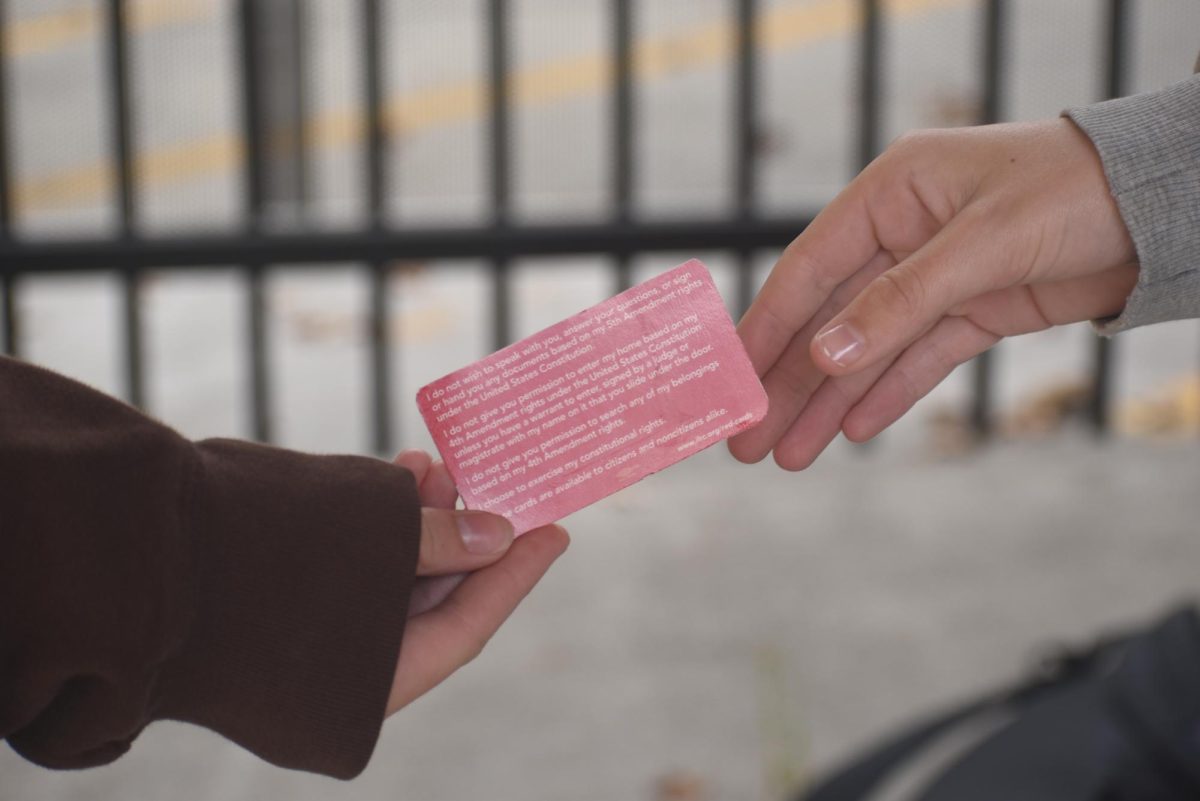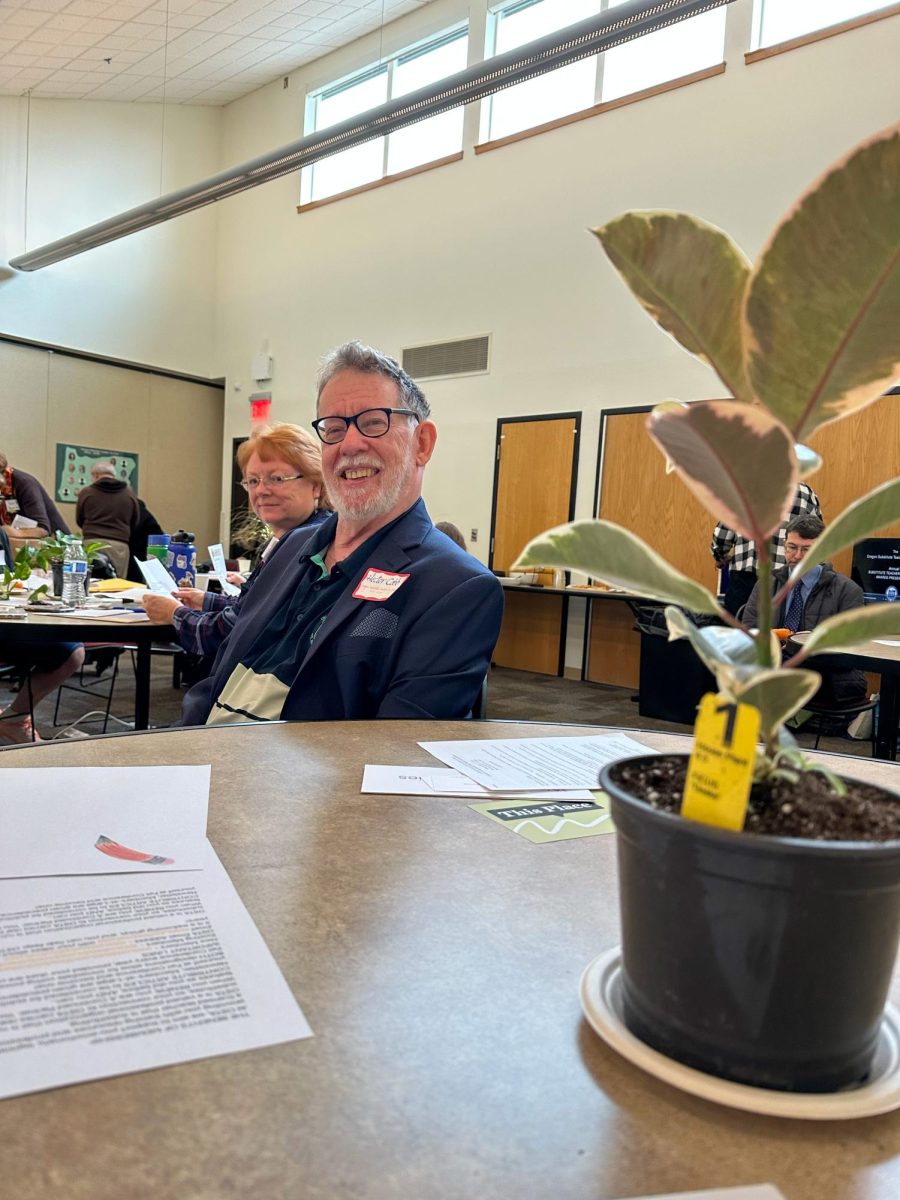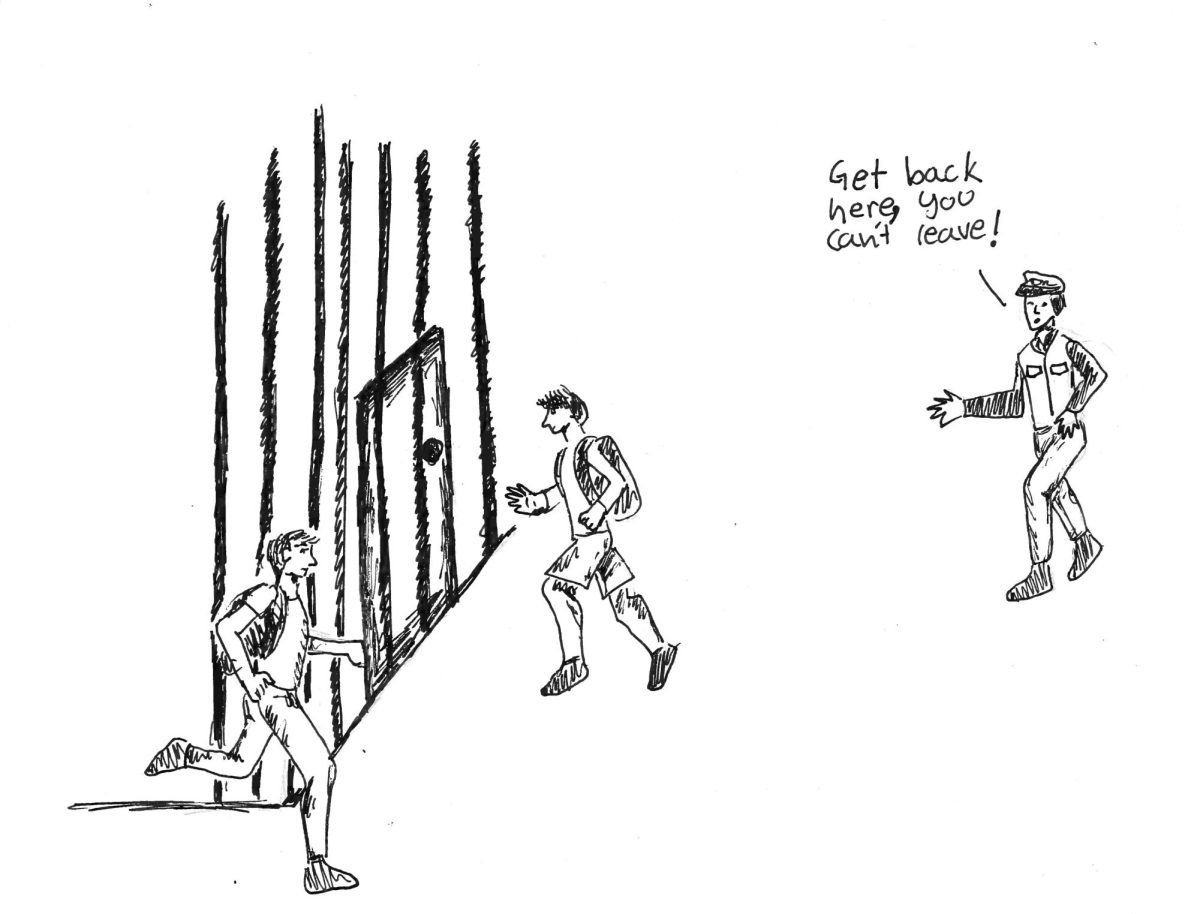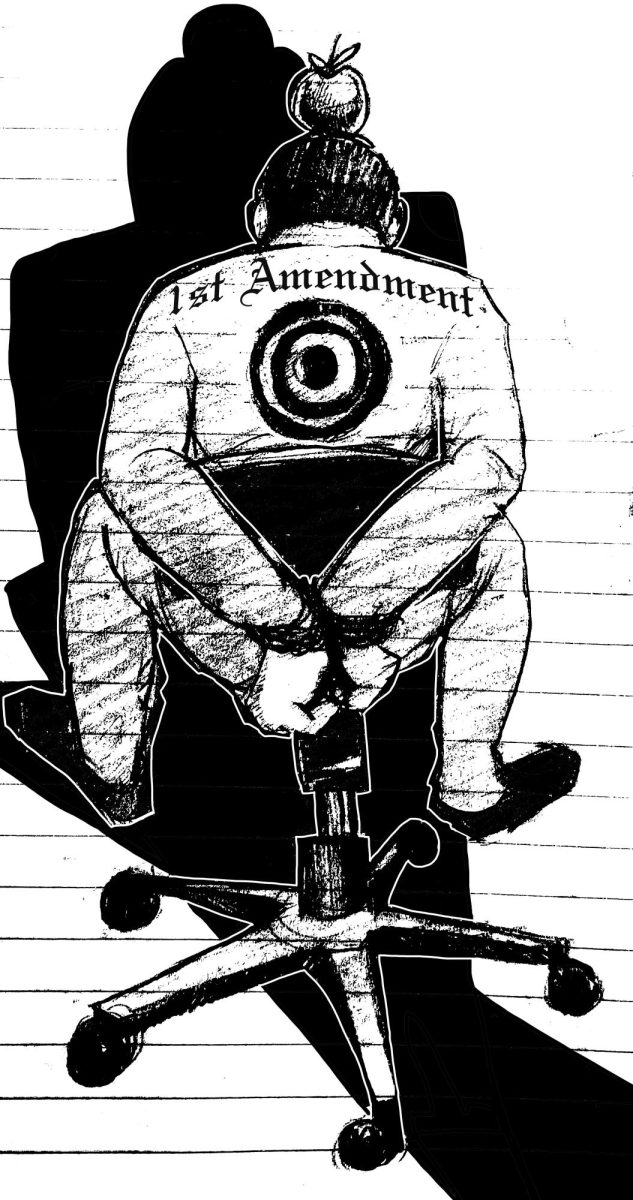Reflecting on the Women’s March
February 17, 2017
On Jan. 21, an estimated five million people worldwide marched in support of women’s rights and in protest of the election and inauguration of Donald J. Trump. This march showed solidarity around the world, and was an extremely powerful event. However, like any movement, it has its good and bad aspects. Before I begin this commentary, I would like to make it clear that I am in support of the women’s march, and think it was an extremely effective and necessary protest. I do not want readers to view this commentary as inherently negative, and rather see it as ways to improve ourselves as feminists, people, and activists going forward.
While marching, it is hard to not mention the emotional impact it had. Everyone physically being together, marching for a common goal is extremely powerful. However, I started noticing a common theme in this march. This was a lack of inclusion towards people, especially women, of color, trans women, sex workers, and other marginalized groups. This made me wonder, did I feel this sharp emotional reaction because I was seeing images that were comfortable to me? Signs saying “pussy power” and other vagina-centric language applies directly to me, a cisgendered white woman. Not only this, but the issues people were outwardly most concerned with could also be applied to me, abortion and contraceptive rights being the most obvious and largely represented.
This is not to say that these issues are not important, as they obviously hold great importance to our society. These are issues that should be brought up, but so are issues such as LGBTQ+ rights, trans rights, and simply civil rights, all of which are highly at risk in a Trump presidency. As Sam Riedel wrote for B**** Magazine: “Trans and intersex people weren’t the only ones othered and pushed toward the margins—explicitly or implicitly—by the marches’ overwhelmingly white, cisgender attendees. In a Twitter thread retweeted more than 9,000 times, indigenous activist Sydne Rain shared her experience of being ‘treated as a guest on our own ancestral lands.’ Black and brown feminists expressed concerns over the quiet white supremacy reflected in the pink pussy hats and wondered if the white women taking selfies with police officers would protect people of color if they were attacked by the cops tomorrow. Sex workers and disabled women spent the weeks leading up to the marches loudly calling for their rights to be included in the organizers’ platform, with disappointing results.”
Not only were trans women unrepresented, so were their social and political concerns.
As Riedel also brings up, this march was largely composed of white or white passing individuals. In an estimated crowd of 500,000 people in Washington D.C., there was not a single arrest. This was not the case in Standing Rock, when Sioux tribe members, as well as groups of supporters, all peacefully protesting the illegal construction of the Dakota Access Pipeline, faced extreme police brutality, even being battered at their camps with a pressure hose in below freezing temperatures. This would not have been the case in a Black Lives Matter march of 500,000 people. More extreme events have taken place with fewer protesters. For example, in October of last year, a peaceful BLM protest in downtown Portland yielded 10 arrests, and police used pepper spray on protesters so freely that it became “much less a protest and more a medical emergency,” according to PDX Don’t Shoot leader Gregory McKelvey in an article written by KATU. One protester quoted in the same article said, “We were peacefully protesting, and then we were ambushed by the Portland Police Bureau and the [Rapid Response Team]. They punched us, they used batons, they dragged us out [of City Hall], they pepper sprayed us…We’re here until it’s over. What’s going on is not right.” This stark difference in attendance demographic should go un-ignored when talking about the lack of police interference during the women’s march. There is a direct correlation to the non interference of police forces and its majority white attendance.
Going forward with these points in mind, we have to keep intersectionality at the forefront of feminism. If there is exclusion, nobody wins, and feminism as a whole goes nowhere. To white women who showed up for the women’s march, we need to show up for outward political action that doesn’t directly benefit us. We need to show up for Black Lives Matter marches. Cis women have to show up for Pride marches as allies. These are just two examples of many ways to be actively involved. We need to remember that if we are comfortable, we might be dismissing those who are excluded or overlooked. Self reflection is going to be necessary in moving forward in a way that benefits everyone, so let’s continue to better ourselves as feminists, as activists, and keep fighting injustice felt by anyone.













